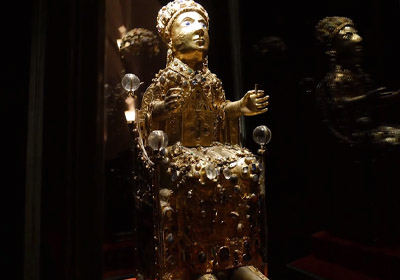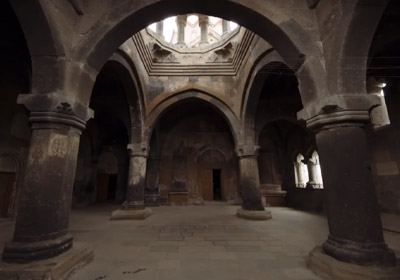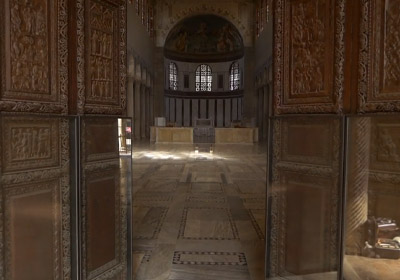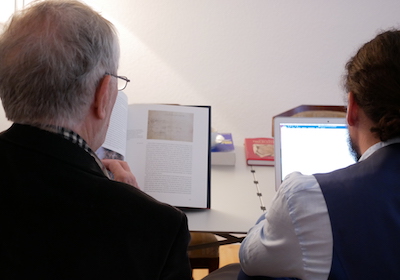The aim of the project is to link the activities of the Centre for Early Medieval Studies (CEMS) at the Art History Seminar of the Faculty of Arts of Masaryk University with the Contexts of Humanity project and to create a shared platform for critical reflection on the past and the present. The essential focus of the platform is the question of the role of images in human society and the ways in which they have been used and/or abused.
The collaboration will start off with the insights into the ancient past, especially the Middle Ages, as well as the modern period of the 19th–20th centuries However, the project does not only aim to analyze the past, it will also reflect on how the past holds up a mirror to our present.
The primary role of CEMS will be to produce content associated with the function of images from the Middle Ages to the present, Contexts of Humanity will be actively involved in disseminating this content in the form of books, lectures, and audiovisual outputs designed to reach general public. This cooperation originates from our shared conviction that in these times of crisis, the humanities, in general, and the history of visual culture, in particular, are crucial tools for strengthening democracy and freedom in our society. Indeed, without knowledge of the past and awareness of the various ways in which it can be interpreted , a truly critical perception of contemporary events is not possible, since any manipulation attempts, not only through images, cannot be resisted.
For more about the Contexts of Humanity project, see: www.kontextyhumanity.cz

The short movie from the Migrating Art Historians production introduces the medieval village Conques located in southern France. Arguing that the medieval art can be transformed when it is perceived by all the senses, the movie wishes to encourage viewers to let medieval monuments “come alive” in future encounters with them.

This short documentary movie was created by students of the Masaryk University. It invites the viewer to contemplate Armenian monuments as well as the beauty of the Caucasian landscape, and to reflect on the the roots and uniqueness of the Armenian art.

Hidden atop the Aventin hill in the centre of Rome, stands a magnificent structure, the basilica of St. Sabina. Built in the first half of the 5th century, the basilica has witnessed the power of the early church as well as ideologies of its later restorers, and it still remains one of the most important Christian sites in the city…

A documentary movie about the project Migrating Art Historians.

Interview with one of the most influential art historian today about art, present society, and his relation to Brno.